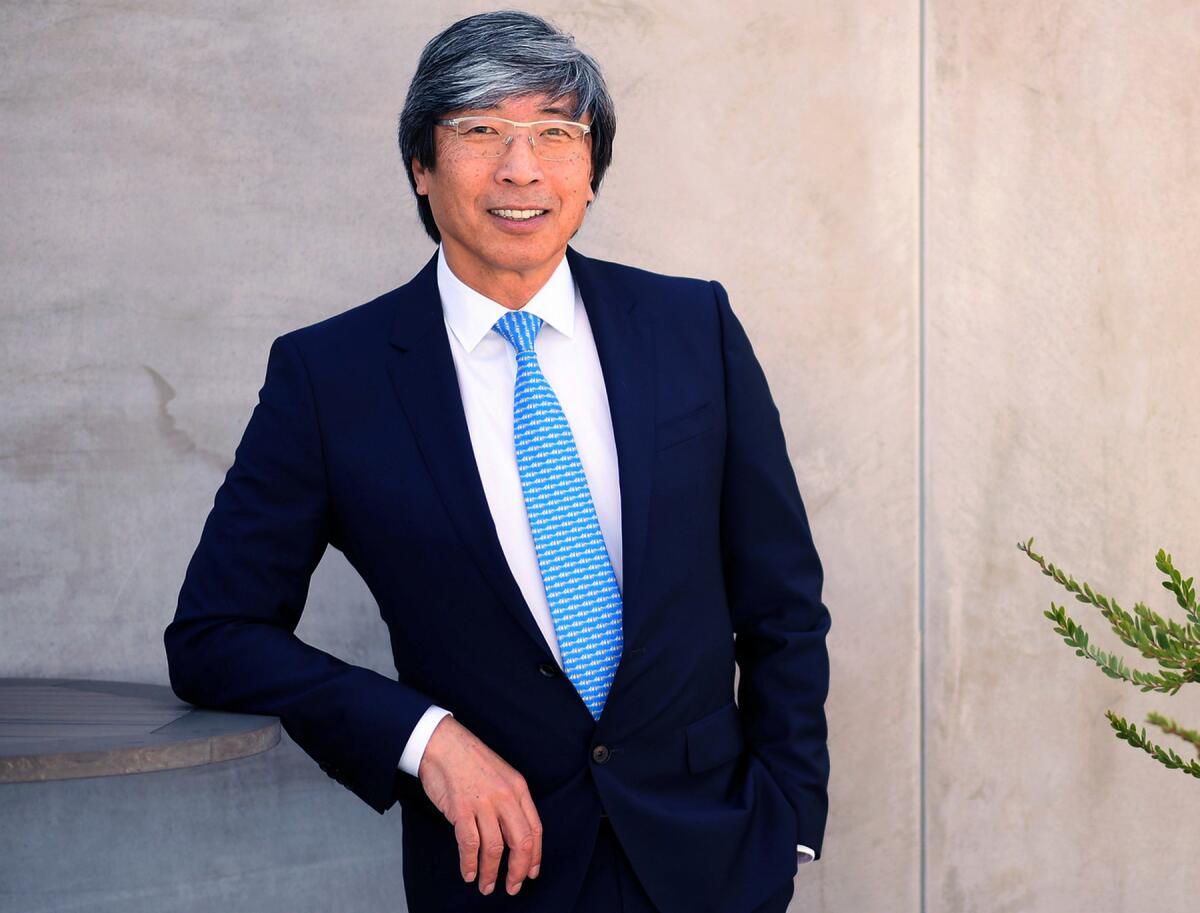The Los Angeles Times announced Tuesday that it was laying off at least 115 people — or more than 20% of the newsroom — in one of the largest workforce reductions in the history of the 142-year-old institution.
The move comes amid projections for another year of heavy losses for the newspaper.
The cuts were necessary because the paper could no longer lose $30 million to $40 million a year without making progress toward building higher readership that would bring in advertising and subscriptions to sustain the organization, said the paper’s owner, Dr. Patrick Soon-Shiong.
Drastic changes were needed, he said, including installing new leaders who would focus on strengthening the outlet’s journalism to become indispensable to more readers.
“Today’s decision is painful for all, but it is imperative that we act urgently and take steps to build a sustainable and thriving paper for the next generation. We are committed to doing so,” Soon-Shiong said.
Among the editors included in the cuts were Washington bureau chief Kimbriell Kelly, deputy Washington bureau chief Nick Baumann, business editor Jeff Bercovici, books editor Boris Kachka and music editor Craig Marks. The Washington bureau and the photography and sports departments saw dramatic cuts, including several award-winning photographers. The video unit was hollowed out.
The retrenchment comes nearly six years after Soon-Shiong and his family bought The Times and the San Diego Union-Tribune from Tribune Publishing for $500 million. Soon-Shiong’s purchase ushered in a period of growth and hiring, reversing more than a decade of withering cuts and diminished journalistic ambition.
With the new local owner, The Times set out to rebuild and provide robust coverage of California and the West.
But economic head winds, which intensified when the COVID-19 pandemic erased more than $60 million in advertising revenue, disrupted the turnaround. The Times maintained its newsroom of more than 500 people until last summer, when another dramatic pullback in advertising, brought on by Hollywood’s labor unrest, worsened the financial picture.
“The economic reality of our organization is extremely challenging,” Chris Argentieri, The Times’ president and chief operating officer, said in a memo to staff announcing the layoffs. “Despite our owner’s willingness to continue to invest, we need to take immediate steps to improve our cash position.”
The news business has deteriorated in recent years as more consumers turn to TikTok and other social media platforms for entertainment and information. Established outlets, including NBC News, ABC News, CNN, the Washington Post, Condé Nast and Buzzfeed News, have all shed staff members during the last year. More than 2,500 journalism jobs vanished in 2023, according to a recent report.
The Soon-Shiong family sold the San Diego paper in July.

Dr. Patrick Soon-Shiong in 2018.
(Christina House / Los Angeles Times)
Tuesday’s announcement follows a week of tensions between management and the newsroom guild over the looming cuts.
Soon-Shiong expressed disappointment that the guild did not work with management to come up with a plan that he said would have saved jobs. Instead, the guild rejected the company’s offer and focused its energy on a one-day strike on Friday, which, Soon-Shiong said during an interview, “did not help the situation.”
More than 350 staff members — or about 90% of the guild-covered journalists — refused to work Friday to protest the pending cuts.
In his memo, Argentieri said managers had offered a seven-day period to accept volunteers for buyouts as long as guild leaders agreed to temporarily relax provisions in the contract that require layoffs to target those with the least seniority. But the guild rejected the overture.
Media Guild of the West President Matt Pearce said 94 guild-covered positions were part of the head-count reduction. Those included the chairman of the Times guild unit, Brian Contreras, who announced his departure on X, formerly known as Twitter.
“It’s a dark day at the Los Angeles Times,” Pearce, a Times reporter, wrote in a email to members, noting that a quarter of guild members lost their jobs. “Many departments and clusters across the newsroom will be heavily hit.”
Guild leaders had lobbied managers to offer buyouts. On Monday, 10 California Democrats in Congress joined the fray, calling on Soon-Shiong and Pearce to find collaborative ways to reduce the paper’s head count, including the use of buyouts.
But some members of Congress who had reached out had earlier opposed legislation that could help local newspapers stay solvent, Soon-Shiong said. Laws enacted in Canada and Australia require online behemoths such as Google and Facebook to pay news publishers when they distributed an outlet’s stories — providing a new source of revenue.
“The irony is that a free press isn’t free,” Soon-Shiong said.
Tuesday’s action comes seven months after more than 70 staff members were laid off. Those cuts disproportionately affected journalists of color, and the two sides had earlier said they wanted to find a better way.
The Times historically has struggled to diversify its staff to better reflect such a diverse region as California.
The guild said the company has “reneged on its promises to diversify its ranks since young journalists of color have been disproportionately affected” by the layoffs. The union said Soon-Shiong unfairly sought to blame the guild for layoffs.
“This staffing cut is the fruit of years of middling strategy, the absence of a publisher, and no clear direction,” the guild said in a statement. “We still believe in the Los Angeles Times and the important role it plays in a vibrant democracy. But a newspaper can’t play that role when its staff has been cut to the bone.”
The guild contract, which was negotiated in 2019 and remains in effect, outlines a procedure that still will allow unaffected staff members to volunteer for a buyout. Should that happen, some of the people notified on Tuesday may be spared.
Those whose jobs were eliminated will remain on the payroll until March 25.
Although the cuts were severe, Argentieri said in his memo that initial plans were to lay off even more staff members. “After consulting with our editorial leaders and ownership, the Company scaled back the number of affected employees,” Argentieri wrote.
Soon-Shiong conveyed deep frustration with past leadership and attempts to build the Los Angeles Times Studios to take the paper’s journalism to more consumers through documentaries and podcasts.
He said he recognized several months ago that former Executive Editor Kevin Merida, who departed this month, and several high-ranking editors that Merida put in place were not getting the job done. Merida was told that his contract, which was due to expire this spring, would not be renewed, Soon-Shiong said.
Merida has said that he left the paper over disagreements with Soon-Shiong over his role as top editor, strategy, as well as the size of the impending layoffs. Managing editor Sara Yasin resigned this week, joining another top editor, Shani Hilton, who stepped down last week.
Soon-Shiong said he became increasingly dismayed by the lack of progress in readership and other decisions, such as last summer’s elimination of the print edition’s sports listings and box scores, which infuriated readers, leading to thousands of subscription cancellations.
“I was very upset when I learned, after the fact, that we took away sports scores,” Soon-Shiong said.
In a statement, the owner said that losses that his family has absorbed in recent years have “surpassed $100 million in operational and capital expenses.”
Soon-Shiong hinted that he has a new editor in mind, but said it was premature to make an announcement.
He also pushed back on the narrative that The Times was in turmoil.
“We are not in turmoil. We have a real plan,” he said. “We have an opportunity to take all the investment that we’ve made, and find a way to reposition [The Times] into a sustainable and thriving paper for the next generation.”
